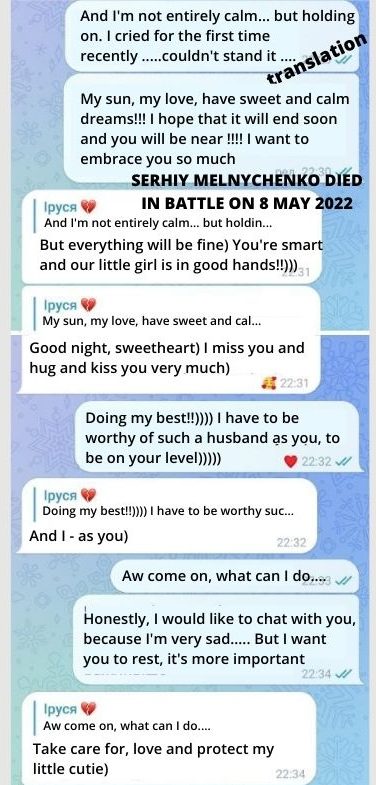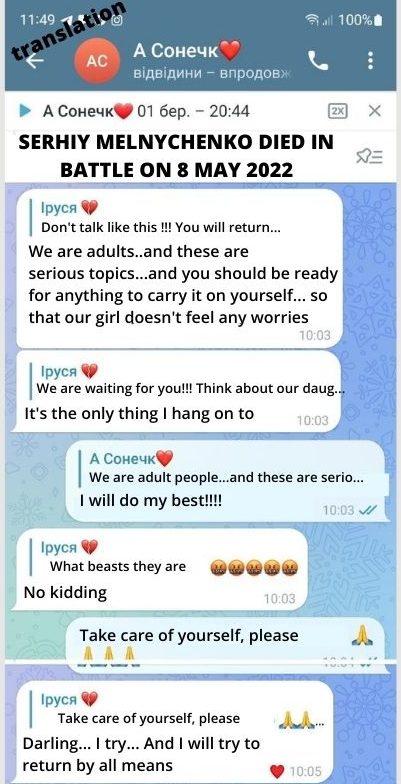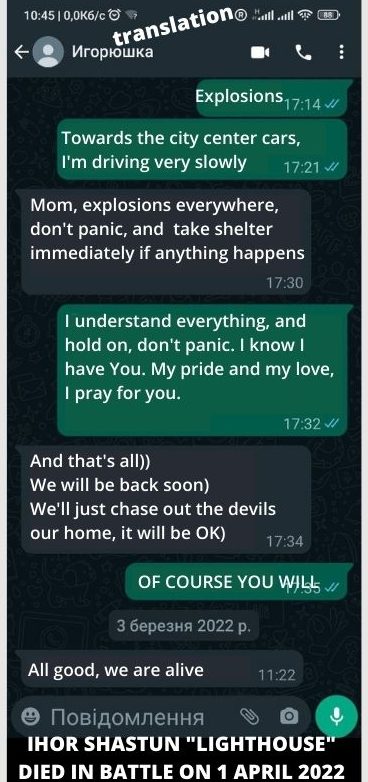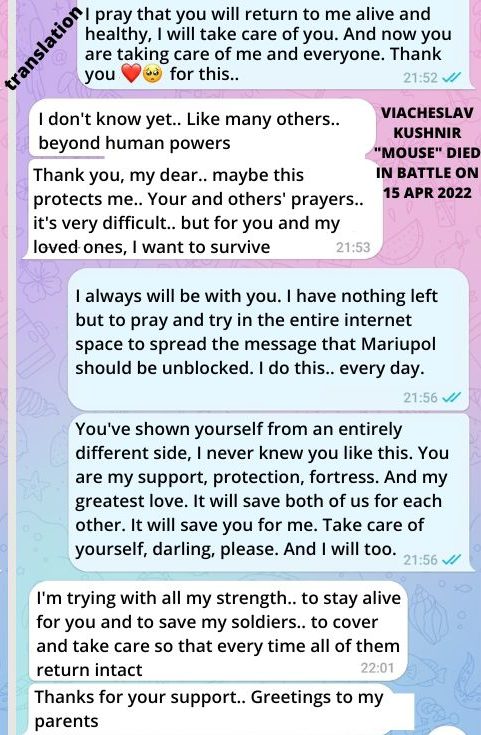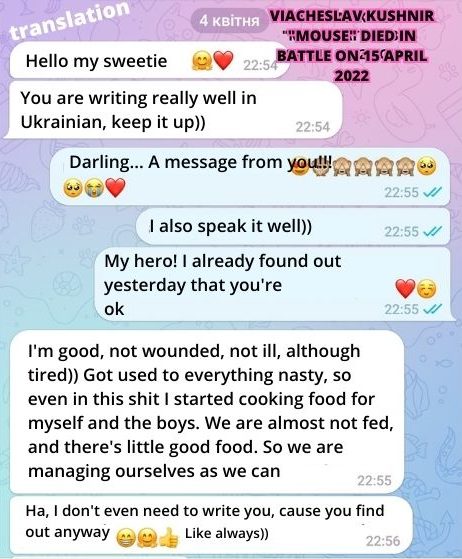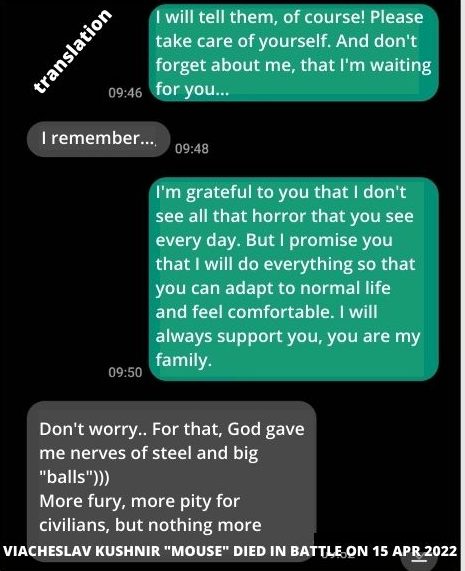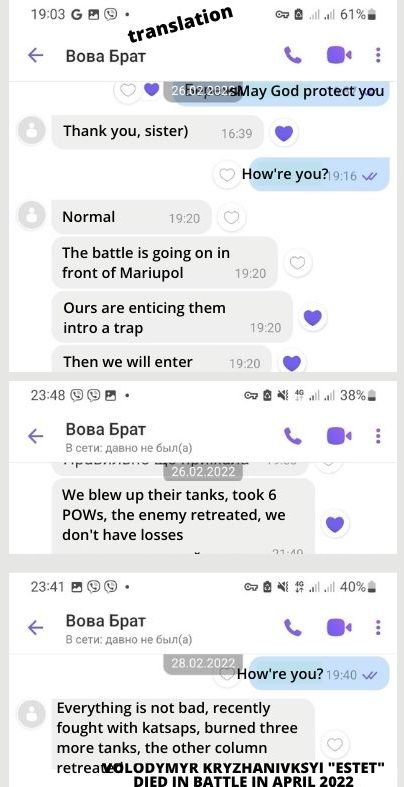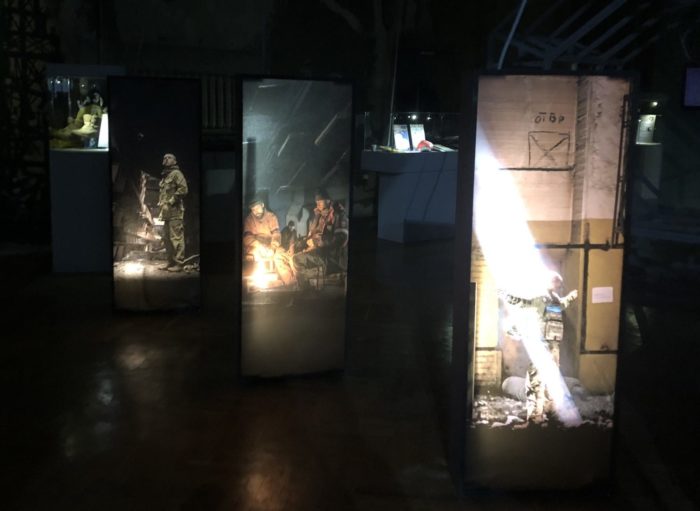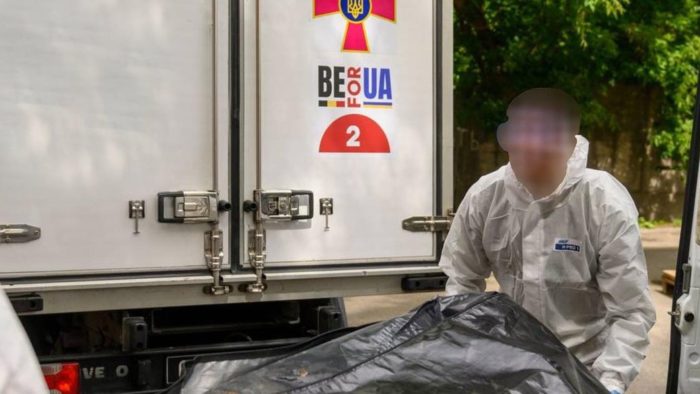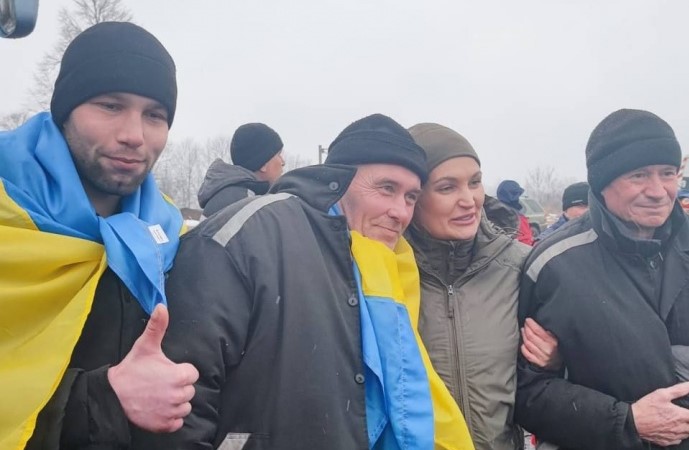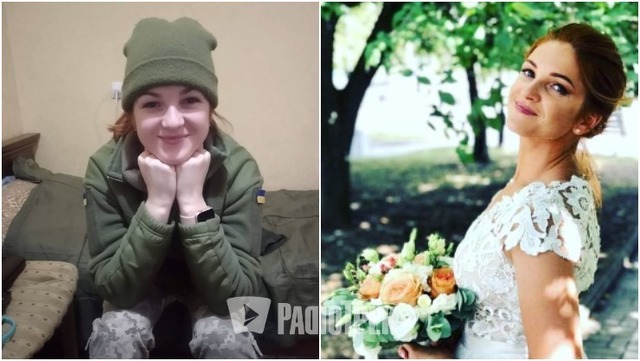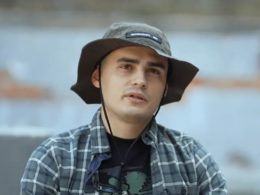Soviet authorities founded the metallurgical plant of Azovstal in the terrible year of 1933. Then, Ukrainian grain was being exported during the Holodomor famine to pay for hiring American engineers and the construction of the plant, built as part of Stalin's plans to technologically outchase the capitalist West. The plant was one of the centers of Soviet industrialization and a key enterprise for the city.
The history of Mariupol and Azovstal changed forever in 2022, when the old industrial giant became the symbol of Ukrainian resistance to the Russian invasion. The Ukrainian military used the factory with its deep bunkers as the center of their fight against Russian troops.
The three-month-long defense of Mariupol held by the Ukrainian Azov regiment, 36th Marine brigade, and other units dragged over 10% of the entire Russian invading forces to the city, giving time for the other Ukrainian troops to prepare new defensive positions to the north.
Over 1,000 Ukrainian fighters died defending the city, while over 2,000 surrendered to Russian captivity on 16-20 May 2022, fulfilling the order of the Ukrainian president. This difficult decision was made after Ukrainian troops were besieged for weeks at the Azovstal plant, over 50km from the closest Ukrainian positions, with little ammunition and medical care, under constant Russian bombing. Several hundreds of the Mariupol POWs have already been exchanged in the 2022-2023 POWs exchanges between Ukraine and Russia.
The non-governmental organization of the families of fallen defenders of Ukraine, "Heart nazovni," provided mementos that belong to the fallen defenders of Azovstal, as well as screenshots of some of their final chats with relatives for the exhibition. We have translated the chats.
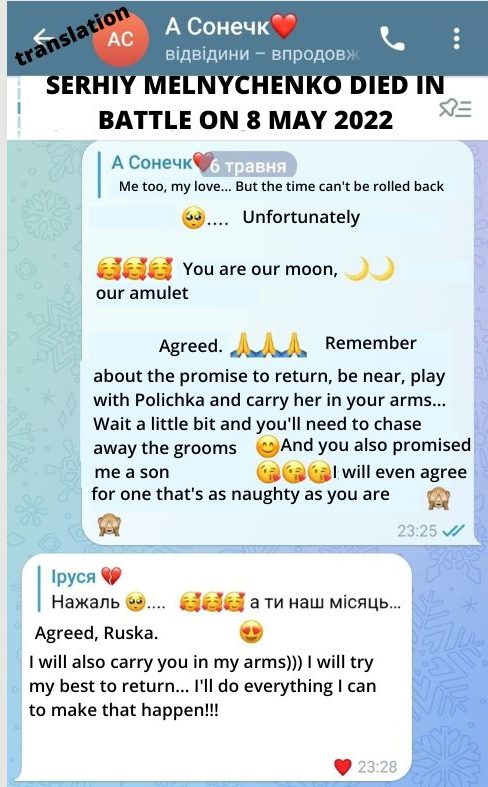
“Warriors appear as ordinary people with their hobbies. They are beloved children, about whom parents talk,” the description of the exhibition says.
It aims to show the fallen defenders as ordinary people with their personal interests.
For example, the exhibition contained small figurines of knights, which one of the defenders, Denys Dudinov
, collected in childhood. These were his favorite toys and were donated by his mother to the museum.
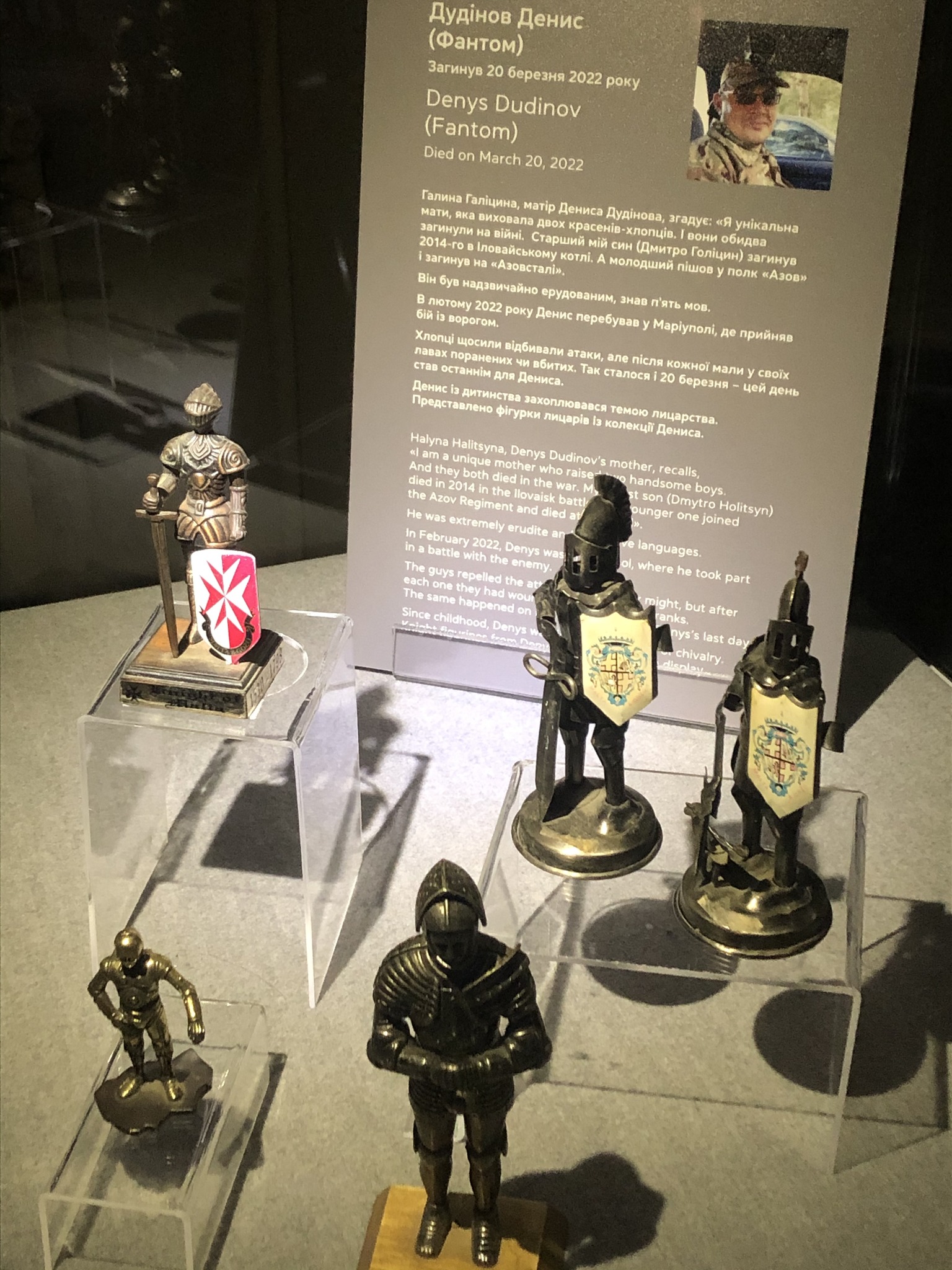
Dudinov participated in the 2014 Euromaidan Revolution, and in May 2014, he became a volunteer of the Azov battalion. During fighting against Russian-led forces in eastern Ukraine in 2014-2021, he liberated the Novyi Svit village. As part of a tank company, he covered the withdrawal of Azov troops from the city of Ilovaisk, defended the village of Shyrokyne, the cities of Krasnohorivka, Mariinka, and fought in the Battle of Svitlodarsk. When the full-scale Russian attack on Ukraine began in 2022, he was the deputy commander of the 1st battalion of operational assignment in Shyrokyne. He died on 20 March 2022 in battle, repelling the enemy attack with fire from a mounted anti-tank grenade launcher while under carpet bombing. Denys was 31 years old.
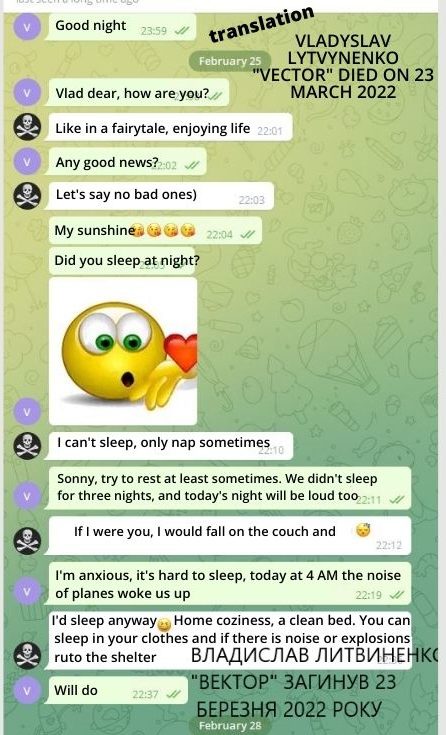 Another showcase is dedicated to the soldier Vladyslav Lytvynenko. His mother donated her son's boxing glove and flowers painted by him. Vladyslav joined the Azov regiment in 2015. During vacations, he studied at the Kyiv National University of Culture and Arts to become an interior designer. He also drew, read a lot, learned to play the guitar, and loved cars. He was fond of skydiving and visiting Chornobyl. Vladyslav Lytvynenko took part in the liberation of the village of Shyrokyne, in the Battle of Svitlodarsk, in Zolote, Hnutove, Popasna, and finally, Mariupol. He died on 23 March 2022, two days before his 28th birthday.
Another showcase is dedicated to the soldier Vladyslav Lytvynenko. His mother donated her son's boxing glove and flowers painted by him. Vladyslav joined the Azov regiment in 2015. During vacations, he studied at the Kyiv National University of Culture and Arts to become an interior designer. He also drew, read a lot, learned to play the guitar, and loved cars. He was fond of skydiving and visiting Chornobyl. Vladyslav Lytvynenko took part in the liberation of the village of Shyrokyne, in the Battle of Svitlodarsk, in Zolote, Hnutove, Popasna, and finally, Mariupol. He died on 23 March 2022, two days before his 28th birthday.
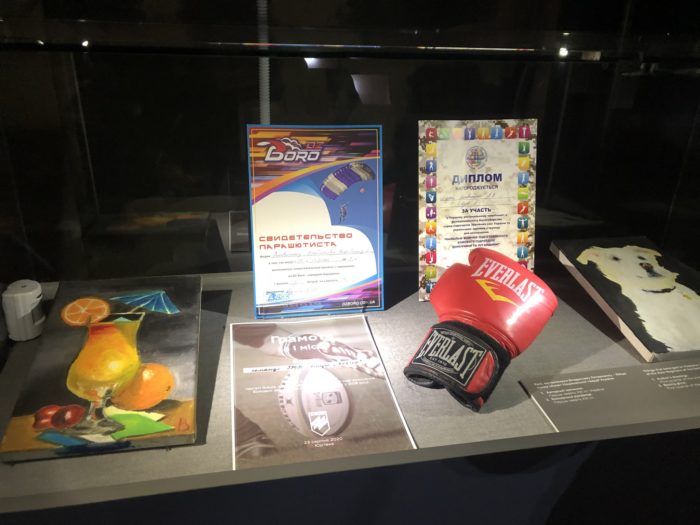
Vladyslav's boots and his flag of Azov can also be seen at the exhibition. After Vladyslav died, one of his comrades, in need of shoes, took off his boots. He was wearing them when he surrendered to Russian captivity from Azovstal. After his release, he returned the boots to Vladyslav's family.
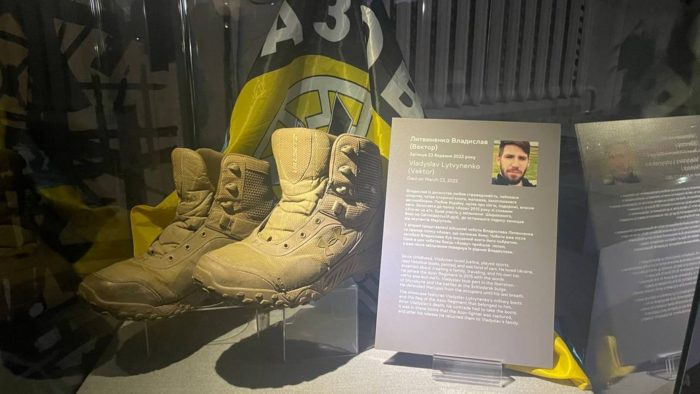
Chats of Ukrainian defenders with their loved ones
Relatives also provided screenshots of the chats of Ukrainian defenders with their loved ones. This part of the exhibition is especially touching. It shows what people feel while facing the hardest challenges in their life and how they preserved hope even in the midst of enemy encirclement when any escape was almost impossible.
